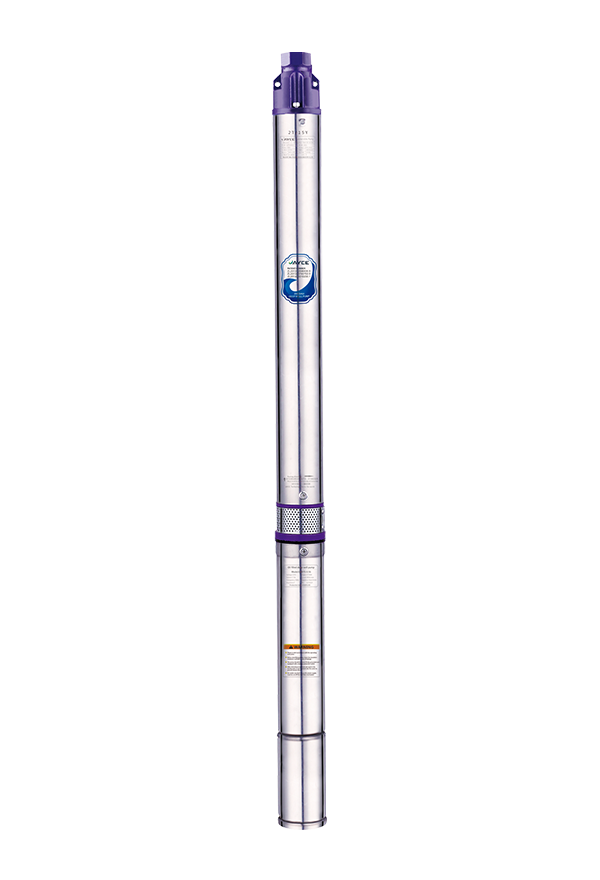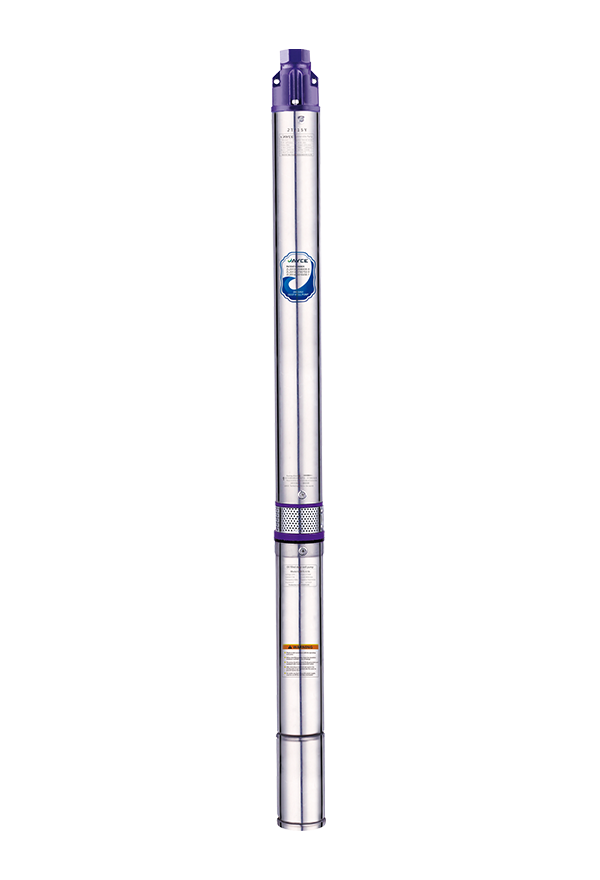The operational principle of submersible pumps involves a combination of mechanical engineering and fluid dynamics. The pump unit, consisting of a motor and pump assembly, is hermetically sealed to prevent water from entering the internal components. This design not only protects the pump but also allows it to operate efficiently in submerged conditions.
One of the key advantages of submersible pumps is their ability to operate at significant depths, making them suitable for extracting water from deep wells. The pump's impeller, driven by the electric motor, generates a centrifugal force that propels water upward through the pump casing. This process ensures a steady flow of groundwater to the surface, providing a reliable water supply for various applications.
In agricultural settings, submersible pumps for wells are widely used to irrigate crops and sustain livestock. The pumps efficiently lift water from deep wells to ground-level storage tanks, from where it can be distributed through irrigation systems. This application helps farmers maintain consistent and controlled watering, promoting ideal crop growth and ensuring the well-being of livestock.
Additionally, submersible pumps are essential in domestic water supply systems, providing households with a dependable source of clean water. Whether for drinking, cooking, or other household needs, these pumps contribute to the seamless delivery of water from underground sources to residential areas. Their submerged nature makes them inconspicuous and the risk of contamination, ensuring the delivery of clean and potable water.
In industrial contexts, submersible pumps find application in various processes that require the efficient transfer of liquids. They are employed in mining operations to dewater mines and extract groundwater, contributing to a safe and controlled working environment. The pumps are also utilized in construction projects where groundwater needs to be managed and controlled to prevent flooding.
Maintaining and optimizing the performance of submersible pumps is crucial for their long-term reliability. Regular inspection, proper installation, and adherence to recommended maintenance schedules are essential practices. Monitoring factors such as pump efficiency, motor performance, and the condition of seals and bearings contribute to the overall longevity of the equipment.
In conclusion, submersible pumps for wells are indispensable tools in the extraction of groundwater from deep wells. Their submerged design, coupled with efficient mechanical engineering, allows for reliable and consistent water lifting. From agricultural irrigation to domestic water supply and industrial applications, these pumps play a pivotal role in ensuring a sustainable and accessible source of water for diverse needs. As technology advances, ongoing innovations continue to enhance the efficiency and performance of submersible pumps, contributing to their widespread adoption across various sectors.
Furthermore, advancements in submersible pump technology continue to improve energy efficiency and environmental sustainability. Enhanced materials, precision engineering, and smart monitoring systems contribute to a more resilient and eco-friendly water extraction process, aligning with the global push for sustainable solutions in water management.

 English
English bahasa Indonesia
bahasa Indonesia




.png)
.png)
